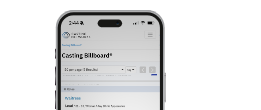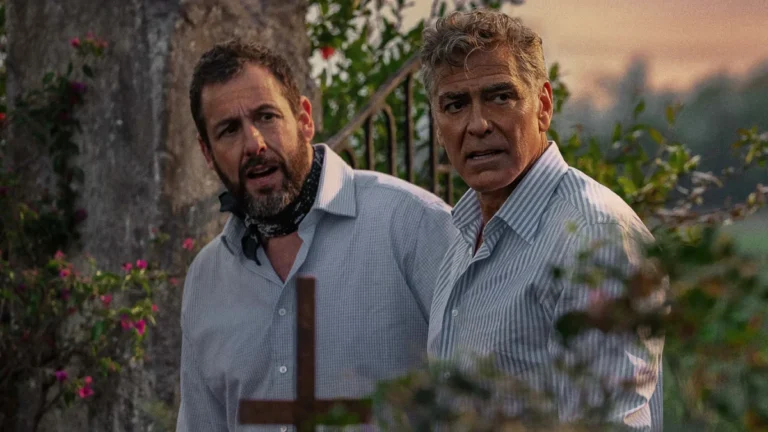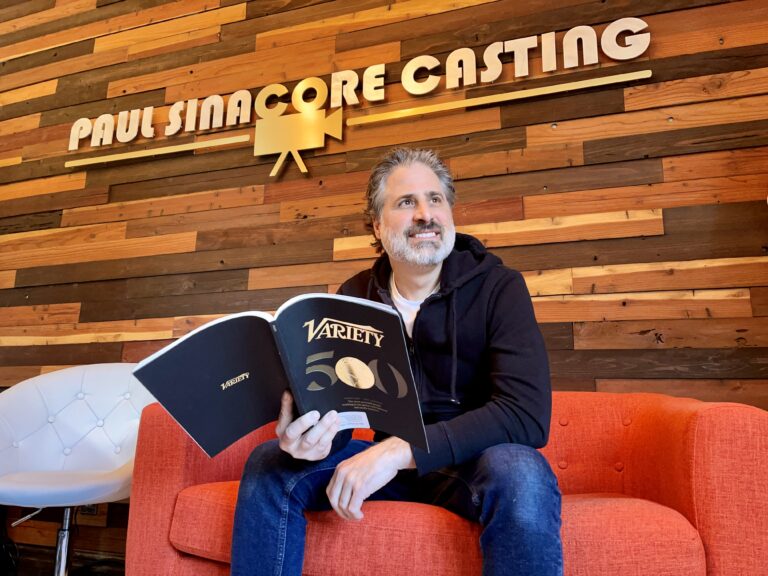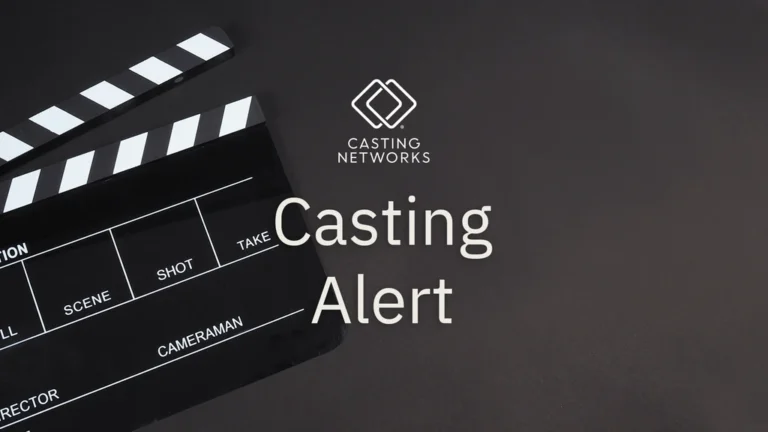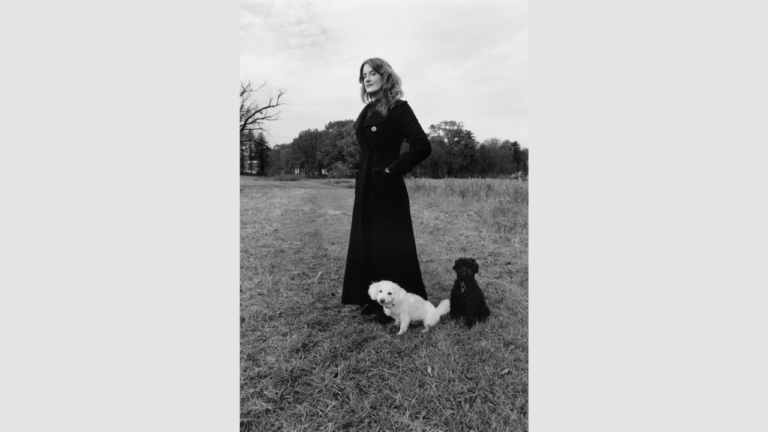Let’s quickly set the scene. You’ve worked hard on your craft, found an agent and/or manager, and now the auditions are pouring in fast and furious.
Thanks to all this new activity and the current need for self tapes, you’re creating tapes for all the right casting people. As the actor, you do the hard part by embodying your characters — getting into their headspace, nailing the accent, and locking in a performance that feels believable, authentic, and convincing.
Here’s my question: Why would you grab the first person standing to your left to read lines with you on tape?
It sounds ridiculous, but it’s a mistake many actors make: reading lines with someone who doesn’t do it very well. Given the uptick in self tapes and virtual auditions, it’s understandable that some of us are making the best of what’s in front of us.
Having a subpar reader to run dialogue with doesn’t help your case — and more importantly, it can prevent you from getting a job and the income you need.
But don’t take it from me.
Alexis Koczara, a longtime casting director and partner at Koczara/Shevchenko Casting, has cast Emmy-nominated series like ABC’s Black-ish and Netflix’s Cobra Kai. Koczara watches hundreds of self tapes per week and says, “Having a good reader is the best way to set yourself up for success.”
Considering that reality, here are seven things that talent should be cognizant of when it comes to choosing their reader.
What You’ll Find in This Article
- Your Reader Should Be Good Enough, But Not a Distraction
- Use an Actor Friend as Your Reader
- Give the Reader the Sides Ahead of Time
- Give Your Reader Direction so They Don’t Pull You Out of a Scene
- Ask the Reader to Never Take it Back By Themselves
- The Importance of Tone
- A Live Reader Always Works Best
Your Reader Should Be Good Enough, But Not a Distraction
The reader’s number one job is to be seamless, subdued, and bring out the best in the actor. They should never appear to be campaigning for an Oscar for “Best Offscreen Read by a Faceless Entity.”
Koczara says it’s the job of casting people to pay attention to the talent, not the reader, so the reader should be focused on making the talent comfortable rather than being a focal point. She says, “You want the reader to contribute to the scene, but not be overpowering.”
Use an Actor Friend as Your Reader
You’re an actor, so surely you have friends who understand what it takes to execute a self tape. Be they aspiring or established, your network of fellow thespians is a great place to start to find a qualified reader.
“They know how to read, and as such, would be more apt to give you something to read against — not something that is monotone or flat,” says Koczara. They’re trained in what you’re doing, so they can even give an honest assessment about which read was your best. As a thank you, you can return the favor when it’s their time to shine.
Give the Reader the Sides Ahead of Time
Just like actors need time to prep, your reader does as well. Give them a moment to read through their lines—to get the dialogue and world of the scene down. “Read the scenes a couple of times in advance,” Koczara says. “It will help the reader give more eye contact, and that connection is essential to an actor doing a scene.”
Give Your Reader Direction so They Don’t Pull You Out of a Scene
As the actor, you know how you work and what you need from a reader to put your best self on tape. You know to choose someone who won’t go too big with it — or spend time in and out of accents while doing their best impression of whatever gender is on the page.
However, you should also feel free to give them direction that will save them from ruining the take you liked best. Perhaps there’s a line they’re reading that’s throwing you off, or too many dramatic pauses. Give them a friendly director’s note (or two) upfront, and you’ll always start from the best place.
Ask the Reader to Never Take it Back By Themselves
After chatting with The Rosenzweig Group client Gregg Wayans, he mentioned that one of his past readers would say “Cut!” to a scene if they stumbled on a line. The only problem was that he was in the zone.
Tell the reader to keep going if they mess up a line. That may be the take that separates you from the pack. Plus, casting directors like Koczara don’t mind it. “It doesn’t bother me when a reader flubs. I’m more focused on what the actor has to say.”
The Importance of Tone
In a reader, you want someone who understands the material and, ideally, if it’s for TV or streaming, is familiar with the show.
“Tone is important for an audition,” Koczara reveals. “If the reader knows the tone of the show, it’ll give the actor what they need. This is specifically important for comedy and multi-camera shows, where timing is important and you’re looking to hit the joke very hard.”
If you’ve got a few favorite readers in your arsenal to choose from, their knowledge of the required tone is something to consider.
Bottom line: The last thing you want your reader to do is evoke Black Mirror—if they should be going for Black-ish.
A Live Reader Always Works Best
Given the proliferation of self tapes over in-person auditions, there’s been a trend toward actors reading against recordings of themselves.
It’s not the preference of casting people, generally, as it can throw the actor off, as well as the person watching the tape. “I don’t like it at all,” concludes Koczara. “It’s not an ideal way to audition. It feels less about the performance versus getting their lines in between the recorded lines. It’s always better to use a live person.”
Final Takeaways
When it comes to self tapes, your choice of reader can make or break your audition. A good reader enhances your performance without stealing the spotlight, helping you deliver a convincing, authentic scene. Keep these simple but crucial tips in mind to ensure your reader works with you, not against you.
- Choose a reader who is skilled but unobtrusive; someone who supports your performance without overshadowing it.
- Use an actor friend who understands the craft and can offer honest feedback.
- Send your reader the sides ahead of time so they can prepare and connect with the material.
- Give clear, friendly direction upfront to help your reader stay in sync with your vision.
- Always opt for a live reader rather than pre-recorded lines to maintain natural timing and energy.
You may also like:
